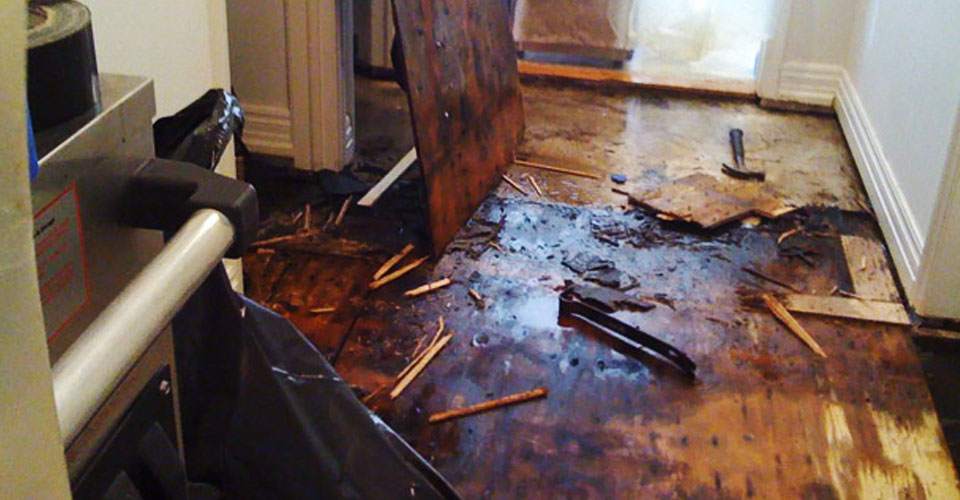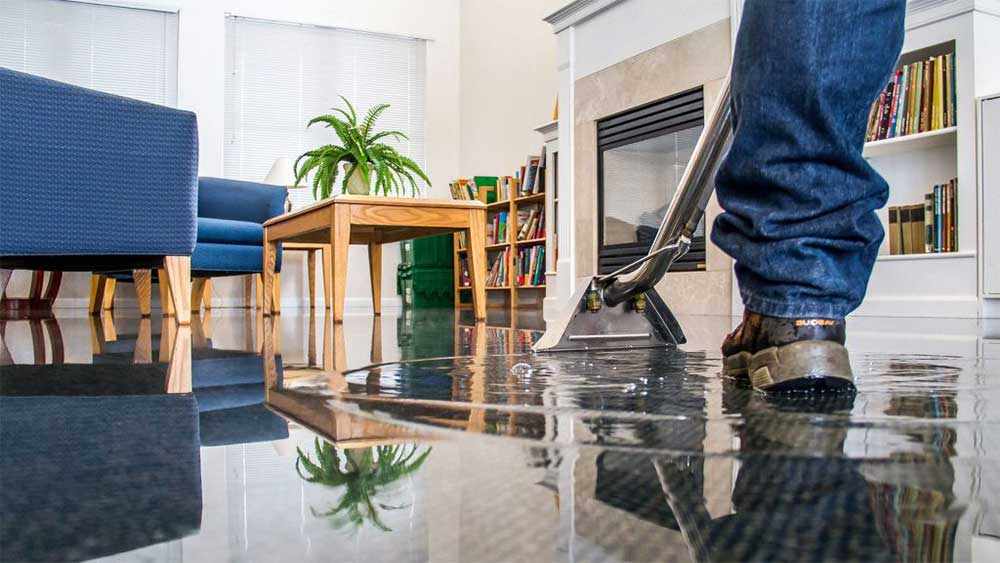6 Water Damage Remediation Do's and Don'ts.
6 Water Damage Remediation Do's and Don'ts.
Blog Article
Just how do you actually feel in relation to 5 Home Safety Tips To Reduce The Risk Of Fire And Water Damage?

Water provides life, but water invasion on some parts where it's not expected to be can result in damage as well as hassle. If the water seeps right into your structure, it can peel away the surface as well as deteriorate the product's foundation. Mold and mildew as well as mold likewise prosper in a damp setting, which can be harmful for your and your household's health. On top of that, homes with water damage smell old and also moldy.
Water can originate from numerous sources like typhoons, floods, ruptured pipelines, leakages, as well as drain problems. It's far better to have a working expertise of safety preventative measures if you have water damages. Below are a few standards on exactly how to handle water damages.
Do Prioritize Home Insurance Coverage Coverage
Seasonal water damages can originate from floodings, seasonal rains, and also wind. There is additionally an occurrence of a sudden flooding, whether it came from a faulty pipe that instantly breaks into your house. To shield your residence, obtain home insurance policy that covers both acts of God such as natural catastrophes, as well as emergency situations like busted plumbing.
Do Not Fail To Remember to Switch Off Energies
When disaster strikes and also you remain in a flood-prone area, turn off the main electrical circuit. Switching off the power protects against
electrical shocks when water is available in as water acts as a conductor. Don't forget to turn off the main water line valve as a method to stop even more damage.
Keep your furniture steady as they can relocate about and also cause added damages if the floodwaters are obtaining high.
Do Stay Proactive as well as Heed Climate Signals
If you live in a location tormented by floods, stay aggressive as well as ready at all times. Listen to the information and also emptying cautions if you live near a body of water like a creek, lake, or river .
Don't Neglect the Roof
Your roofing contractor should take treatment of the defective rain gutters or any kind of other signs of damages or weakening. An assessment will certainly stop water from moving down your wall surfaces as well as soaking your ceiling.
Do Focus On Small Leaks
There are red flags that can attract your attention and also indicate to you some weakened pipelines in your residence. Indications of red flags in your pipes consist of gurgling paint, peeling off wallpaper, water touches, water spots, or dripping sounds behind the wall surfaces. Repair and also examine your plumbing repaired before it results in large damages to your residence, finances, and also an individual headache.
Don't Panic in Case of a Ruptured Pipeline
Timing is crucial when it comes to water damages. If a pipeline ruptureds in your residence, immediately shut off your primary water shutoff to cut off the source as well as avoid more damages. Call a respectable water damage restoration professional for aid.
Water offers life, but water breach on some components where it's not supposed to be can result in damages as well as trouble. In enhancement, houses with water damages scent old and also moldy.
Seasonal water damages can come from floodings, seasonal rains, and wind. Indicators of red flags in your pipelines include bubbling paint, peeling wallpaper, water touches, water spots, or dripping sounds behind the wall surfaces. If a pipe bursts in your residence, quickly closed off your main water valve to reduce off the resource as well as protect against even more damage.
Some Do's & Don't When Dealing with a Water Damage
DO:
Make sure the water source has been eliminated. Contact a plumber if needed. Turn off circuit breakers supplying electricity to wet areas and unplug any electronics that are on wet carpet or surfaces Remove small furniture items Remove as much excess water as possible by mopping or blotting; Use WHITE towels to blot wet carpeting Wipe water from wooden furniture after removing anything on it Remove and prop up wet upholstery cushions for even drying (check for any bleeding) Pin up curtains or furniture skirts if needed Place aluminum foil, saucers or wood blocks between furniture legs and wet carpet Turn on air conditioning for maximum drying in winter and open windows in the summer Open any drawers and cabinets affected for complete drying but do not force them open Remove any valuable art objects or paintings to a safe, dry place Open any suitcases or luggage that may have been affected to dry, preferably in sunlight Hang any fur or leather goods to dry at room temperature Punch small holes in sagging ceilings to relieve trapped water (don't forget to place pans beneath!); however, if the ceiling is sagging extremely low, stay out of the room and we'll take care of it DO NOT:
Leave wet fabrics in place; dry them as soon as possible Leave books, magazines or any other colored items on wet carpets or floor Use your household vacuum to remove water Use TV's or other electronics/appliances while standing on wet carpets or floors; especially not on wet concrete floors Turn on ceiling fixtures if the ceiling is wet Turn your heat up, unless instructed otherwise

As a fervent reader on Ways to Reduce The Risk Of Fire And Water Damage, I assumed sharing that excerpt was smart. Sharing is nice. Who knows, you might be doing someone a favor. Bless you for your time. Come back soon.
Report this page